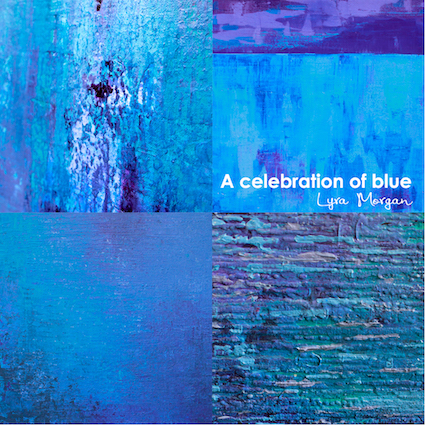Why do I use blue? Perhaps it can be explained by psychologists or the late artist Yves Klein, I don’t know. I do know though that I am drawn to it, almost magnetised by it. It feels infinite and open, peaceful, tranquil. It reminds me of a particular time when I was scuba diving; we were all looking at the coral wall and the wonderful sea life living on it but something told me to turn around….to look into ‘the blue’ - there was nothing but blue but then…..a second later ….a Manta Ray ‘flew’ in from the blue, her grace and beauty made me cry!
Of all the colors, blue is the most liked by both men and women. It is no surprise then, that many artists—Louise Bourgeois, Yves Klein, and Wassily Kandinsky among them—have expressed a preference for it. According to psychologists, the popularity of the hue may take root in our evolutionary development. In the hunting-and-gathering days, those drawn to positive things—like, say, clear skies and clean water—were more likely to survive, and, over time, this preference for the color blue may have become hard-wired.
Yet, scientifically speaking, the sky and the oceans aren’t really blue—or at least not in the same way the soil is brown or leaves are green. This posed a big problem for most of art history. You can’t take the blue of the sky, grind it up with a mortar and pestle, then throw it on a canvas. Unlike certain reds, browns, and yellows, blue pigment isn’t quite as easily made.

